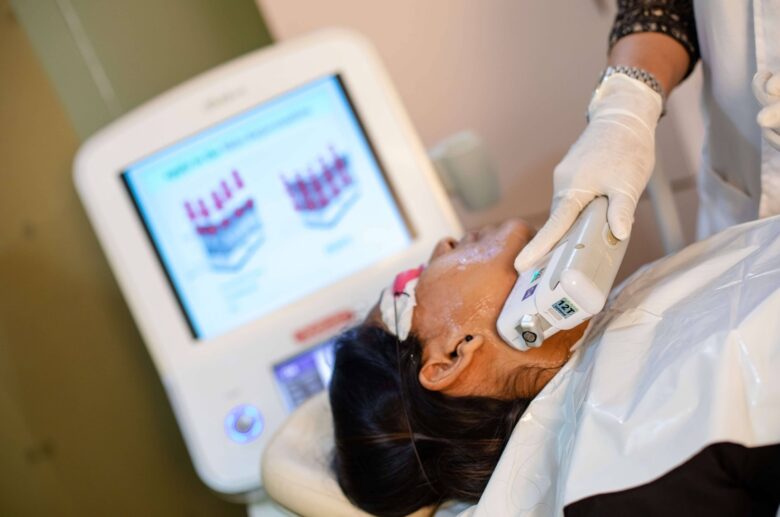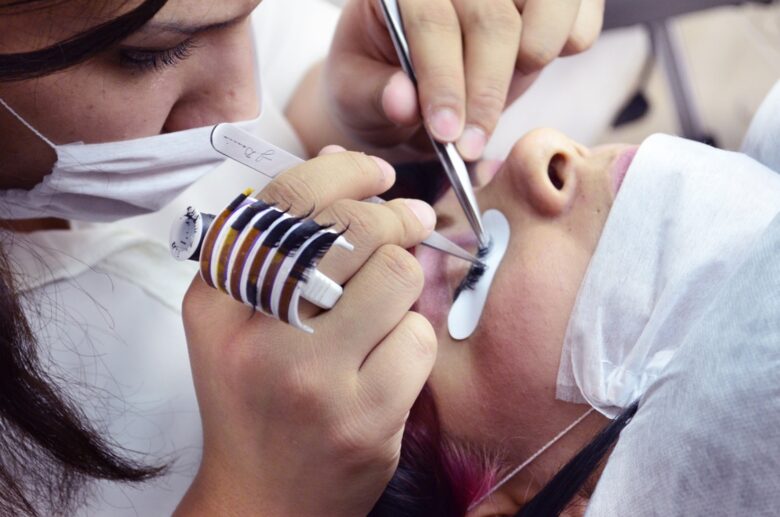Laser removal uses high-energy lasers to destroy follicles. The process can reduce the number of hairs that regrow or eliminate all follicles. The degree of success depends on the type of hair and the skill of the technician.
In some cases, the laser may damage the follicle, making it harder to destroy. If this occurs, several treatments may be necessary. This treatment is safe for most people, but it is important to find a skilled healthcare provider. There are some risks, including hyper or hypopigmentation, but in most cases, you will not experience any adverse effects.
In addition, the results can last longer than a few weeks or months. In many cases, it can take several treatments before the follicles grow back, which means that you may need touch-up sessions every few years. This procedure works best on people with light skin and dark follicles.
This is because the contrast in the pigments helps the laser to target the hair and destroy it. People with dark skin may need more than one treatment to see full results. To ensure that the laser works on your follicles, the technician must learn how to target the follicles with the correct wavelength. Prior to laser treatment, you should avoid plucking, waxing, and electrolysis.
These methods can disturb the follicle and result in reduced effectiveness of the treatment. Additionally, it is important to avoid exposure to sunlight six weeks prior to your appointment. Sun exposure will reduce the effectiveness of the laser and increase the risk of complications. Laser removal is one of the most popular methods of cosmetic surgery in the United States.

It provides an excellent alternative to waxing and shaving. It also eliminates ingrown hairs and awkward in-between growth stages. Before getting laser treatment, you should click here and then consult a board-certified plastic surgeon and have a thorough medical history reviewed. The surgeon will discuss your risks and benefits before selecting a treatment option.
While there are some disadvantages associated with laser removal, the benefits far outweigh the disadvantages. It is a long-term solution that can save hundreds or even thousands of dollars in the long run. It is not for everyone. Most people will see results in as little as one session, but some will need touch-ups down the road as do most things.
If you have darker skin and dark hair, laser removal may not be as effective for you. It may also not work as well on blonde or gray hair. Also, light-skinned individuals may be more sensitive to the effects of laser treatment. Patients should prepare for the procedure by avoiding sun exposure and using broad-spectrum sunscreen.
Laser removal uses a short pulse laser, a fraction of a second per pulse. A single treatment can target up to half of a centimeter of skin. However, it may take anywhere from four to twelve sessions to completely remove the hair in the growth phase. Each session is typically spaced one month or six weeks apart. That means your commitment can extend up to a year.

Alternative Option #1 – Electrolysis
Electrolysis is the process of removing unwanted follicles with a small electrical current. The process can last anywhere from a few minutes to a few hours, depending on the area of your body. If you are considering electrolysis, it is important to choose a qualified electrologist. Make sure to choose a clean, professional environment and ask if the clinic provides disposable gloves.
There is a certain level of discomfort associated with electrolysis, which can make it unsuitable for those with sensitive skin. Electrolysis requires multiple sessions and can be expensive. Generally, you will need to visit a derma at least once every two to three weeks for the most effective results.
The cost of electrolysis treatments depends on the area to be treated and the number of sessions you require. You may pay $75-$200 per session. The procedure is not covered by insurance. The cost depends on the size of the area and the number of follicles to be removed. Electrolysis treatments will require more sessions than laser removal.
It gives you clean and smooth skin with long-lasting results. Unlike waxing and shaving, electrolysis can remove stubborn follicles on any area of your body. Electrolysis is FDA-approved (https://my.clevelandclinic.org/health/treatments/8306-electrolysis), and it works on all skin types and hair colors. In addition, you can use electrolysis to get rid of your body hair for good.

Alternative Option #2 – Threading
Threading is a natural way to remove unwanted body hair. Unlike waxing and shaving, threading removes follicles directly from the follicle. This makes threading an ideal choice for sensitive body parts. Another benefit of threading is that it is quick and cheap. In addition, threading can remove follicles for up to four weeks.
Threading is most effective on small areas of the body, such as the eyebrows and upper lip. This procedure is not recommended for large areas, like the legs or arms, since the coarse follicles will be too difficult to remove. However, it is a good option for shaping eyebrows because it is much gentler on the skin than tweezing. The downsides of threading include the time required and the discomfort associated with rolling the thread against the skin.
One of the benefits of threading as a permanent hair removal method is its precision. A skilled cosmetologist will thread individual follicles with a fine cotton thread to remove them. The procedure is sanitary, but the process can be painful if done improperly. The cost of a threading session ranges from $10 to $40 plus tip. A session typically lasts for about 15 minutes.
Threading is an ancient hair removal method that dates back thousands of years. It was first used in the Middle East and Far East but has only recently gained popularity in the West. With more pressure on women to maintain a flawless look, threading has become a popular method of hair removal.
